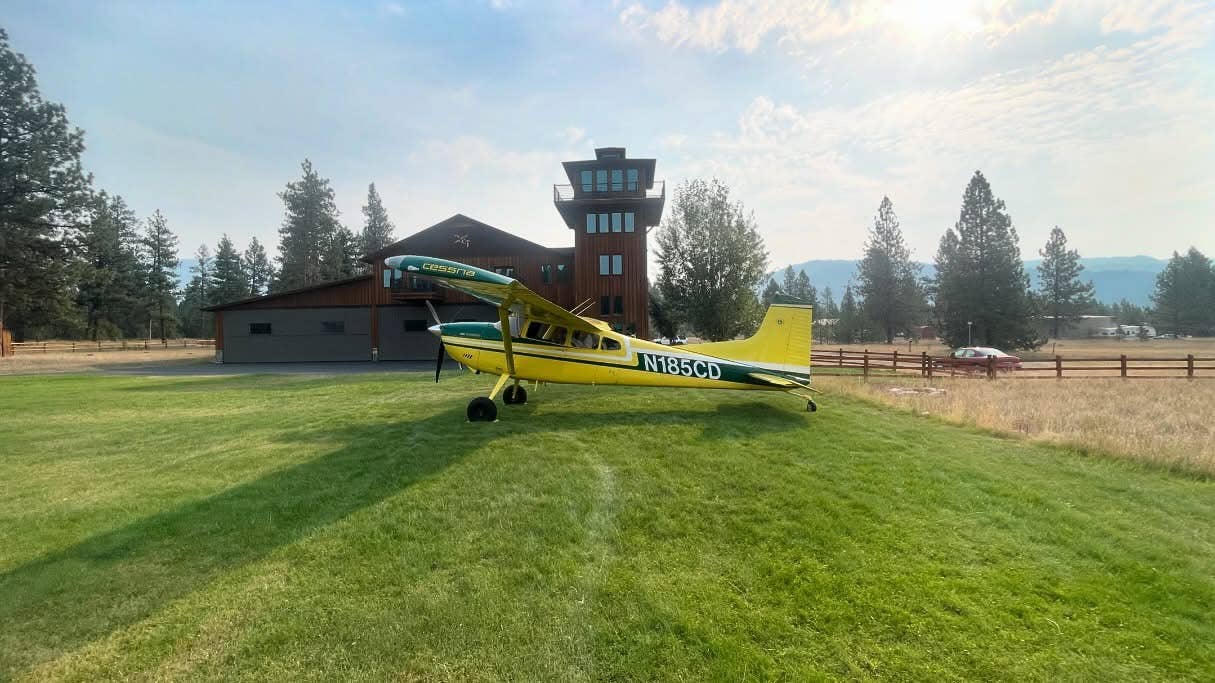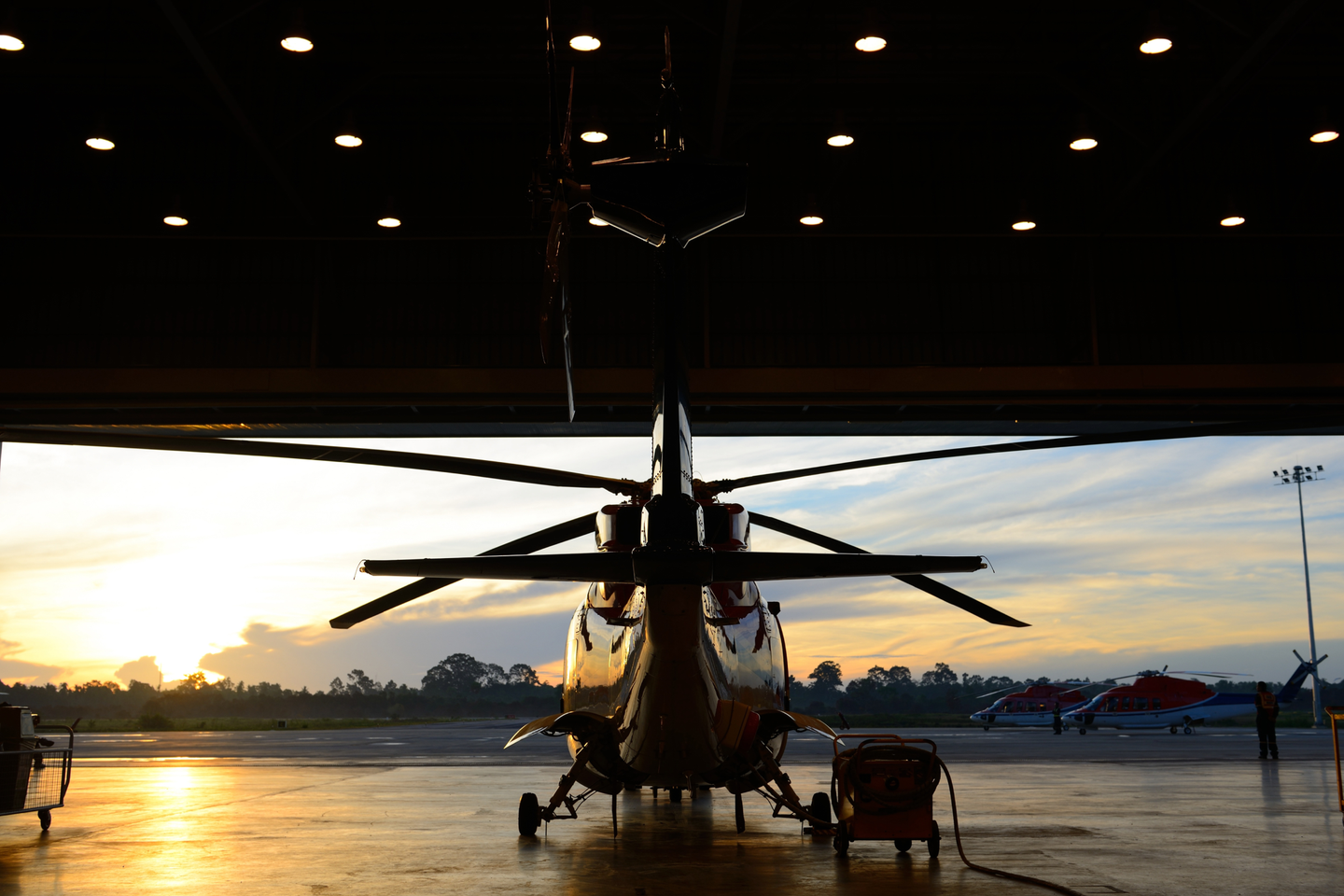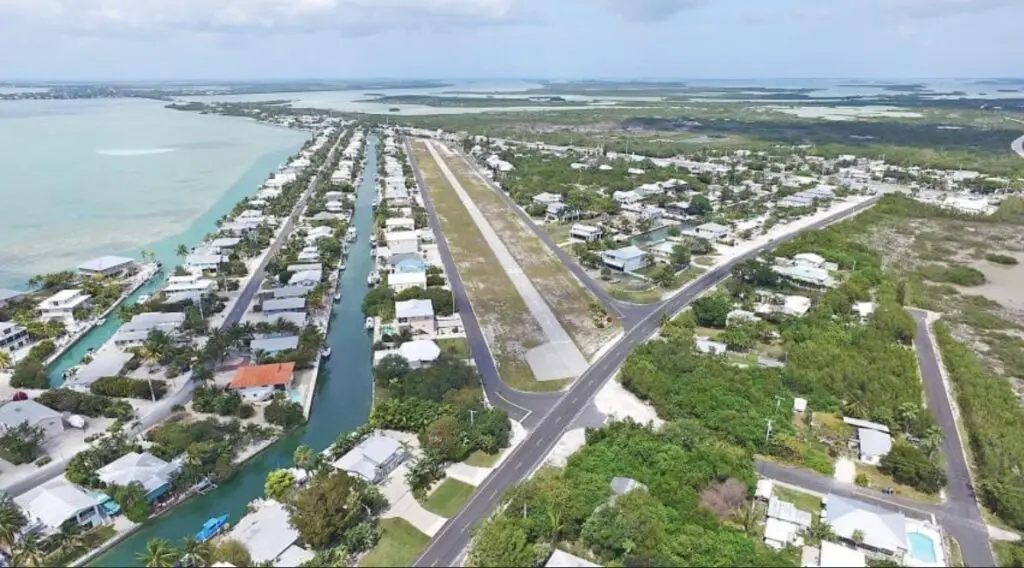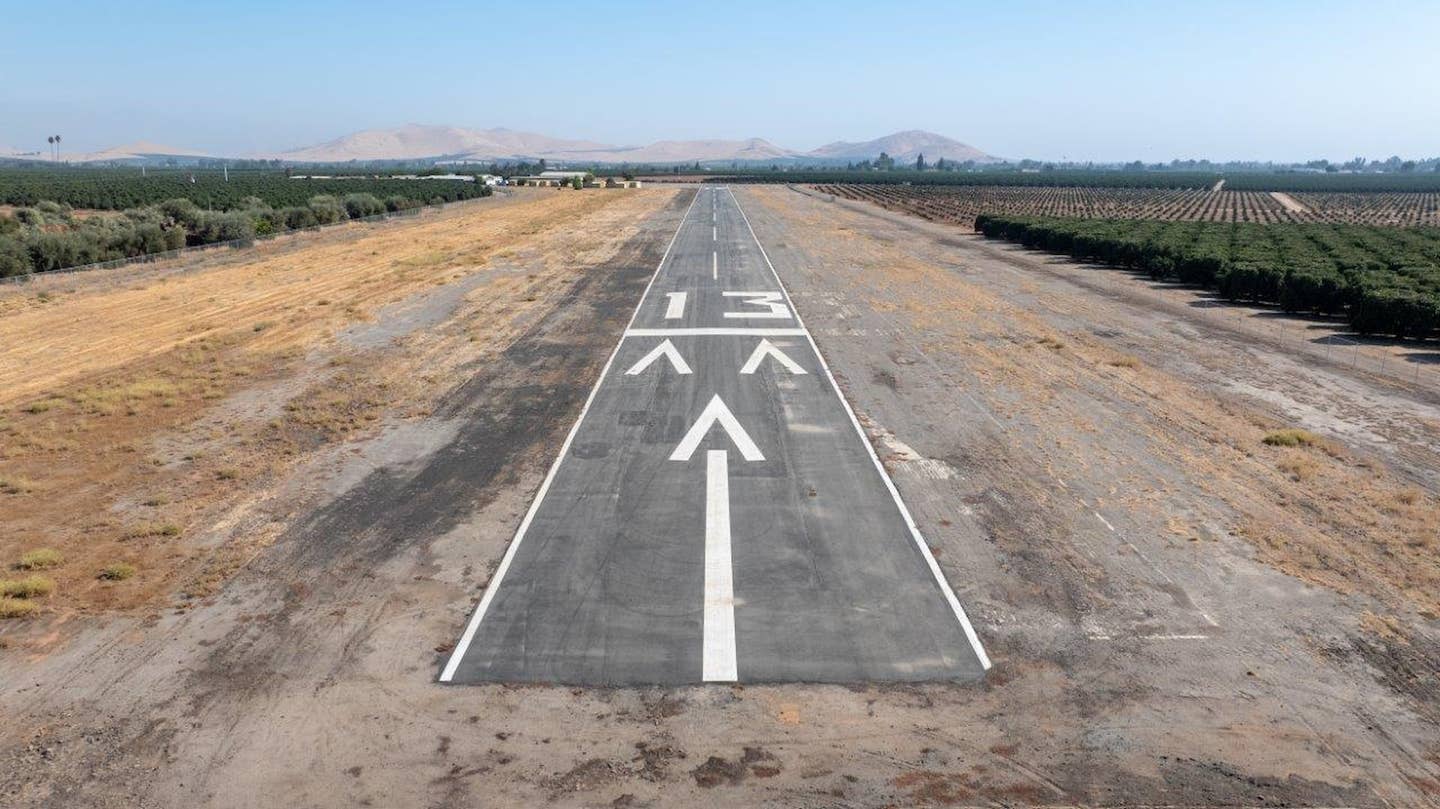A Dream For One Pilot Becomes a Dream for Many Pilots
For this aviation engineer, the hope of an airpark, and an aircraft to fly it to and from, is alive.
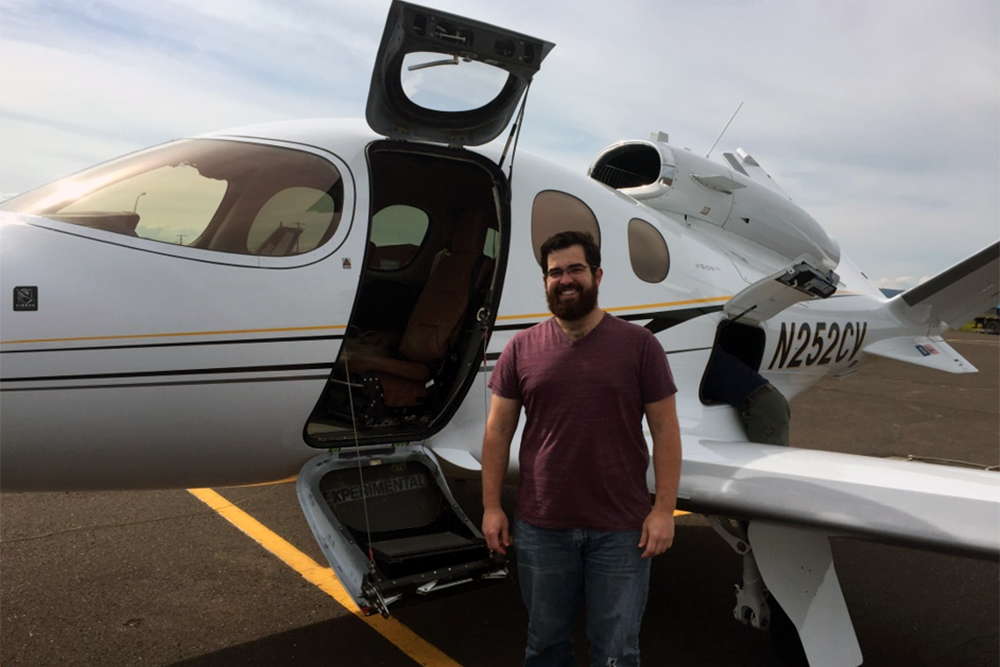
By day, Clattenburg works for a startup light commercial aircraft company in the area as an engineer. [Courtesy: Superior Aero Estates]
Nick Clattenburg of Duluth, Minnesota, chuckles about the fact that he doesn’t own an airplane, but he does have the beginnings of an airpark.
“I started this project in 2016. At the time, I was looking for a parcel of land for myself as a homesite where I could have a runway,” he said. “I found a nice [200-acre] property that was too large for myself. But it dawned on me that it would be a great spot for an airpark, so I began working toward that goal.”
By day, Clattenburg works for a startup light commercial aircraft company in the area as an engineer on avionics, electrical, and hybrid energy storage systems. Living at an airpark, he decided, would be a great way to further integrate aviation into he and his family’s lives.
An instrument-rated private pilot, Clattenburg is thrilled about the chance to develop a property where fellow Minnesotans (and others) can live alongside their aircraft. But for a while, he’ll have to settle for secondhand flying fun at the outset of his airpark living experience.
“I have sacrificed one thing for another in the short term,” Clattenburg said. “And I couldn’t be more excited to see this project come together and finally be completed so that myself and others can start enjoying an airpark community that most people only experience if you live in Arizona or Florida.”
He believes this sacrifice will soon start to pay dividends, with the Superior Aero Estates project set to officially break ground this spring. This initial dirt work is expected to be completed in mid-summer 2022. Once finished, the development will be closer to its final form as Duluth’s Airpark.
The self-professed title is one born of the lack of residential communities in the area with aviation ties.
“There may be a few homes in the area with runways, but there are no formal airparks,” Clattenburg said. “That’s both a good and a bad thing for this development. The good is obviously that we catch much of the demand. The difficult part with that has been the limited local comparable properties for financing and project justification that are needed.”
Plenty of Prep Work
To even get to this point, though, has taken an impressive amount of planning and coordination from Clattenburg and others over the past few years. So far, the group has:
- Received an FAA identifier for Superior Aero Estates Airport in 2019 (43MN)
- Lead up work for an in-depth wetland analysis
- Completed several permitting steps with the county and local municipality.
Superior Aero Estate’s planned 3,500 ft by 100 ft grass runway is set to be the third longest of its kind in the state. It will eventually be surrounded by 18 homesites. Each property will be a minimum of 4.5 acres in size, all with access to modern-day utilities.
“Being able to secure fiber-to-home internet was incredibly important to provide reliable fast internet for individuals that live the traveling remote-worker lifestyle,” Clattenburg said. “As well as the adventurers that will use their airpark home as a ‘basecamp’ to [aviation] adventures in the northern U.S. or even into the Canadian wilderness.”
Backcountry Dreams
Outside of also using it as a convenient jumping point to nearby outdoor recreation, one way that Clattenburg wishes he one day will be able to enjoy the airpark is from a de Havilland Beaver. While he concedes that owning this aircraft is little more than a longstanding dream, the rugged bush airplane has served as an inspiration of sorts for the equally adventurous fly-in community.
“The spirit of Superior Aero Estates is all about backcountry adventure,” Clattenburg said. “The development is designed for the individual that wants to take their amphib Carbon Cub [for example] fishing every day after work, while staying close to a major metro area.
“The airpark is also for the family that wants to fly into Duluth for recreation weekends and not have to think about where they’re going to stay or hangar their plane.”
Regardless of whether these aviators enjoy hunting, fishing, snowmobiling, canoeing, or a wide array of other activities, the area is conducive to all of them and more. Some of the varied natural settings nearby the airpark are:
- Lake Superior
- Boundary Waters Canoe Area
- Cloquet Valley State Forest
The latter of these three is the setting for the project, with Cloquet Forest flanking three sides of the development. But the densely treed, 300,000-plus acre forest does provide some challenges to overcome during the initial construction stages.
To assist in this and future parts of the development, Clattenburg has brought on a partner, who owns a major excavation company. Their company’s expertise will make light work of the roughly 40 acres of coniferous trees that must be cleared between runway and road clearing work. This will take a few dedicated weeks of bulldozer work.
Once that work is completed, the next stage of development is contingent upon financing. Of which the team is hard at work coordinating, so that aviation enthusiasts can call Superior Aero Estates home in the near future.
“So far, we have had good interest from pilots in the area, as well as from the west coast and others who would be transplants,” Clattenburg said. “Some of them have lived in the area previously and are coming back home, and others are coming here for a lower cost of living.”
Aside from acquiring financing, Clattenburg notes that so far, the project has had fewer bumps in the road than he expected. He attributes much of this to the support he has had from local and state government, especially MnDOT (Minnesota Department of Transportation).
“We contacted them early [on in the project process] and [we] contact them often. They have been great to work with. Once we decided on the runway surface type and length (he previously was considering 2,500 ft, but chose 3,500 ft for additional safety), we got information from MnDOT about airports that operate in snowy conditions. They recommended that we plow the runway whenever it snows.
“The first few weeks [of winter], runway operations may not be feasible when the runway is wet. But once it freezes, it can easily be plowed and other airports with grass runways in the area do just that.”

Sign-up for newsletters & special offers!
Get the latest FLYING stories & special offers delivered directly to your inbox



